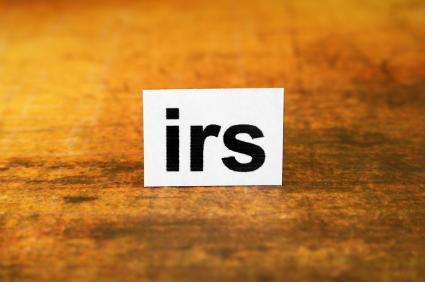Tax professionals use a variety of different methods to set prices, including per-item, per-form, or per-hour rates. For example, a practitioner might charge any of the following:
- A set fee for each tax form or schedule.
- A minimum fee, plus an amount based on the complexity of the client’s return.
- A fee based on the subjective value of the tax preparation service.
- An hourly rate for time spent preparing the tax return.
- A set fee for each item of data.
- A monthly, quarterly, or annual fee that includes tax return preparation, along with other services that could include tax planning and advisory work, quarterly estimates, bookkeeping, or payroll.
Whether you use one of these methods, a combination of methods, or some other approach to setting your fees, it’s a good idea to conduct an annual review in advance of tax return season to ensure you are not short-changing yourself and your practice. Your fee structure should factor in your cost, plus a reasonable profit margin. On the other hand, you’ll want to make sure you are not charging more than the market will bear.
While not definitive, comparative data on what other tax professionals are charging can be a useful guideline for assessing your fee structure. For example, the November 2023 Tax Pro Forms Pricing Study by Intuit Accountants of more than 200 accountants provides some insight into the fees charged by tax professionals for various tax preparation services.
Tax preparation fees national averages
The Intuit Accountant study reports the following national averages for Form 1040 income tax returns from those who charge for these forms and scenarios:
| 2 W-2s and a state return | $238 |
| 2 W-2s, a Schedule D, 3 1098s, 1 1099 Composite, the Child Tax Credit, and 2 state returns | $350 |
| 1 W-2, 8 1099-INT and 1099-DIV forms, 1 1098, a Schedule D, Schedule E, 2 1099-NECs, and 1 state return | $537 |
When do tax preparers tell their clients how much their return will cost?
Accountants appear to have pricing power; they often don’t tell their clients exactly how much they’ll owe until the return is completed, likely due in part to the fact that they don’t know how long a return will take or how responsive clients will be to follow up questions until the work is totally done.
For example, the Intuit study found that the most common approach is for accountants to not give an estimate or minimum price up front, but rather to bill their clients the appropriate amount once the work on the return is done.
The second most common approach is to give a base or minimum price, and then provide exact pricing once the return is completed. The third most popular approach is to give an estimated range up front, and the fourth is to provide a specific estimate up front.

Intuit® ProConnect™ Tax
#1 Cloud-Based Professional Tax Software
Tap into Intuit’s world-class cloud ecosystem to boost productivity and simplify your workflow, now with direct access to IRS transcripts.
How should tax preparers handle delinquent or disorganized clients?
It is not uncommon for preparers to charge a higher fee to clients who submit their return paperwork right before the filing deadline or who submit a jumbled mess. A 2020-2021 Income and Fees Survey from the National Society of Accountants study found that 75.1 percent of preparers increase their fees by an average of $145.14 for disorganized or incomplete paperwork to complete a return for a sole proprietor.
Intuit Rate Survey
The most recent Intuit® Rate Survey conducted was in 2021. As in past years, the 2021 survey asked a variety of questions related to firm demographics, methods used to bill clients for different types of services, and of course, how much practitioners are charging for these services.
How do tax preparers collect fees?
The survey asked practitioners how they billed their clients for various service offerings based on the following definitions:
- Hourly billing based on the hours worked.
- Value pricing based on the maximum amount a given client is willing to pay for a service, typically set before the work begins.
- Value billing usually marking up or more frequently marking down the invoice to the client after the work has been performed.
- Fixed fees, with the fee often determined based on estimated hours (or cost) to complete the work.
Intuit survey average hourly rates
It is important to note that only 48% of survey respondents were willing to provide their average hourly rate. Based on the data available, however, it appeared as though tax practitioners gave ourselves a raise since the last survey was done in 2019. The standard average hourly rates increased by 8.6% from $69 (2019) to $75 (2021).
Survey data also indicated that more practitioners in 2021 (35%) were charging the same hourly rate across the board for all services. This could suggest an effort to streamline billing rates or that services are being bundled.
Set your fees accordingly
Every practice is different, geographic areas of the country vary, and a number of other socioeconomic and demographic conditions exist. That’s why it’s important that you are comfortable setting your fees accordingly; in other words, set them based on your situation and what your clients are willing to pay without constantly questioning your fees.
What do you charge? We’d love to hear from you by writing in a comment below.
Editor’s note: This article was updated with new content on Dec. 7, 2020, Jan. 27, 2022, and Feb. 15, 2024. This article is also available in Spanish.















Good article because it showed average fees being charged. This information will help us to stop shortcoming ourselves. Need to keep up with salary increases.
“Shortchanging ourselves” (not shortcoming ourselves)